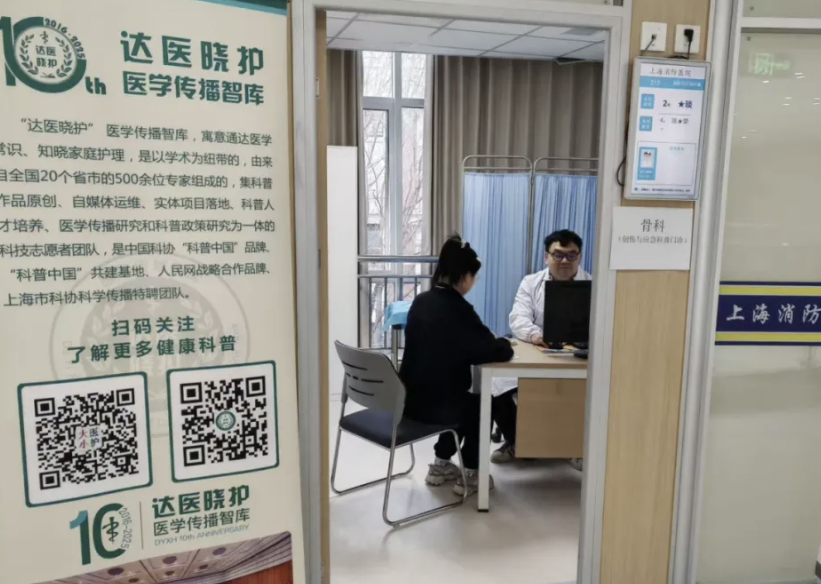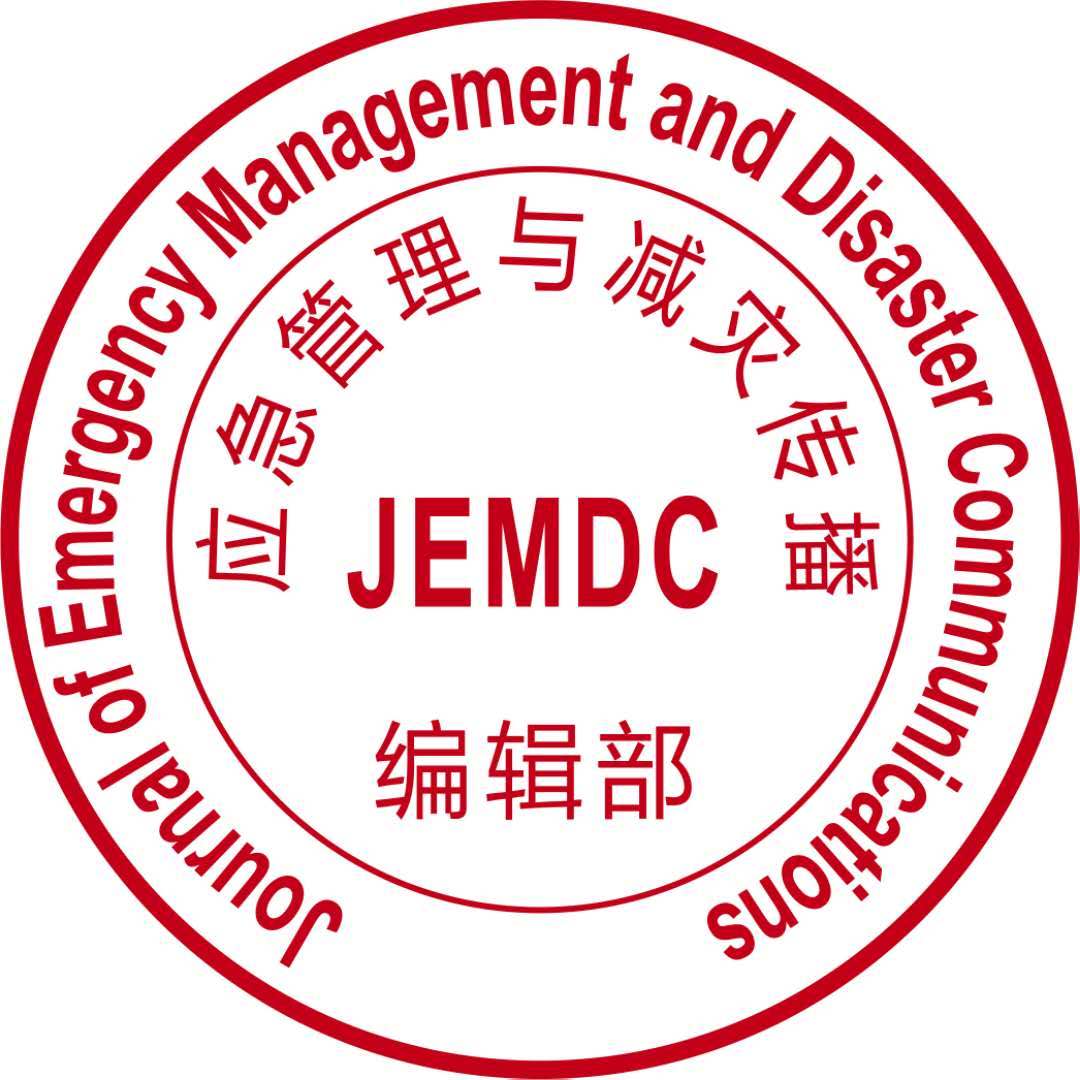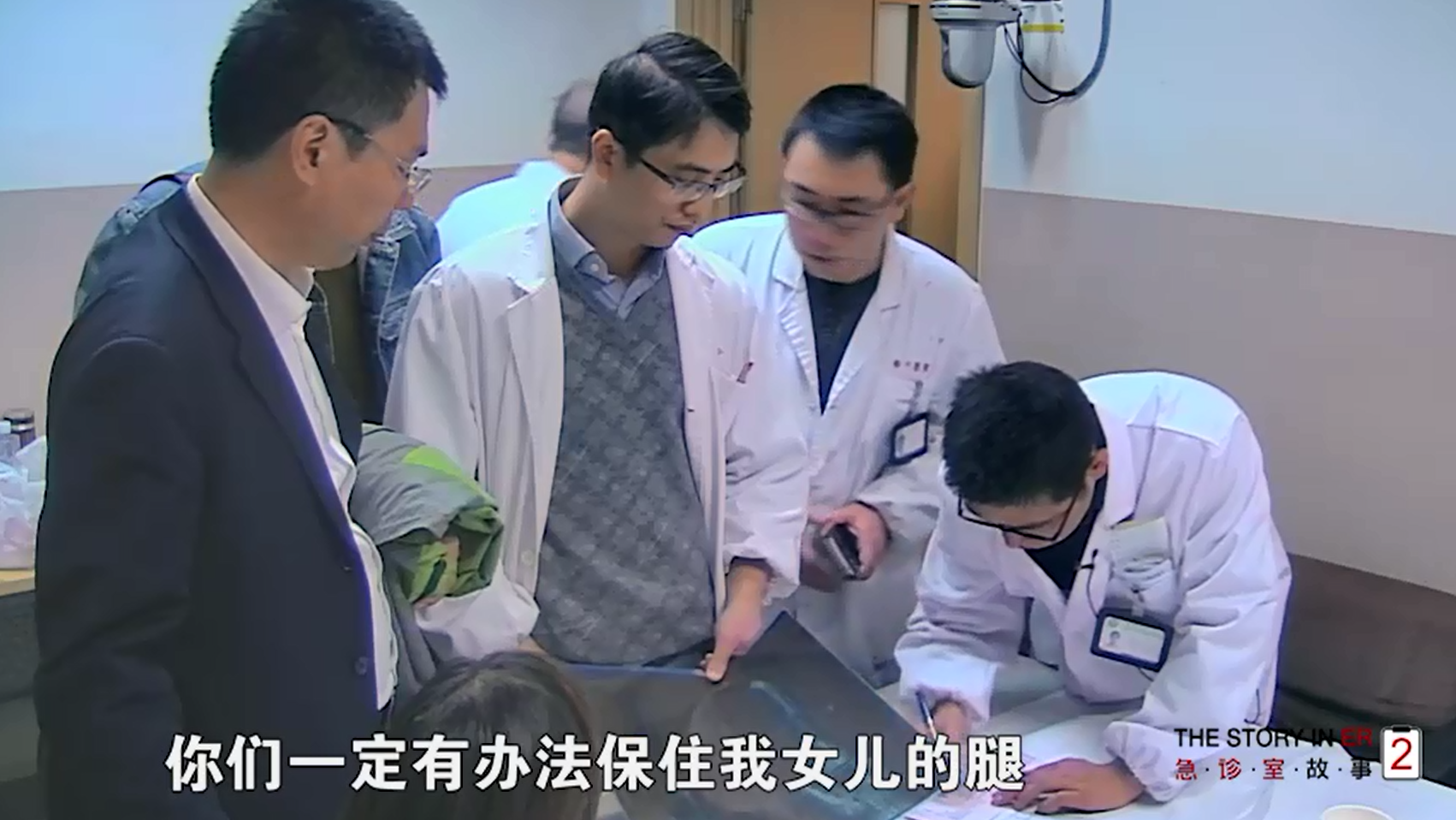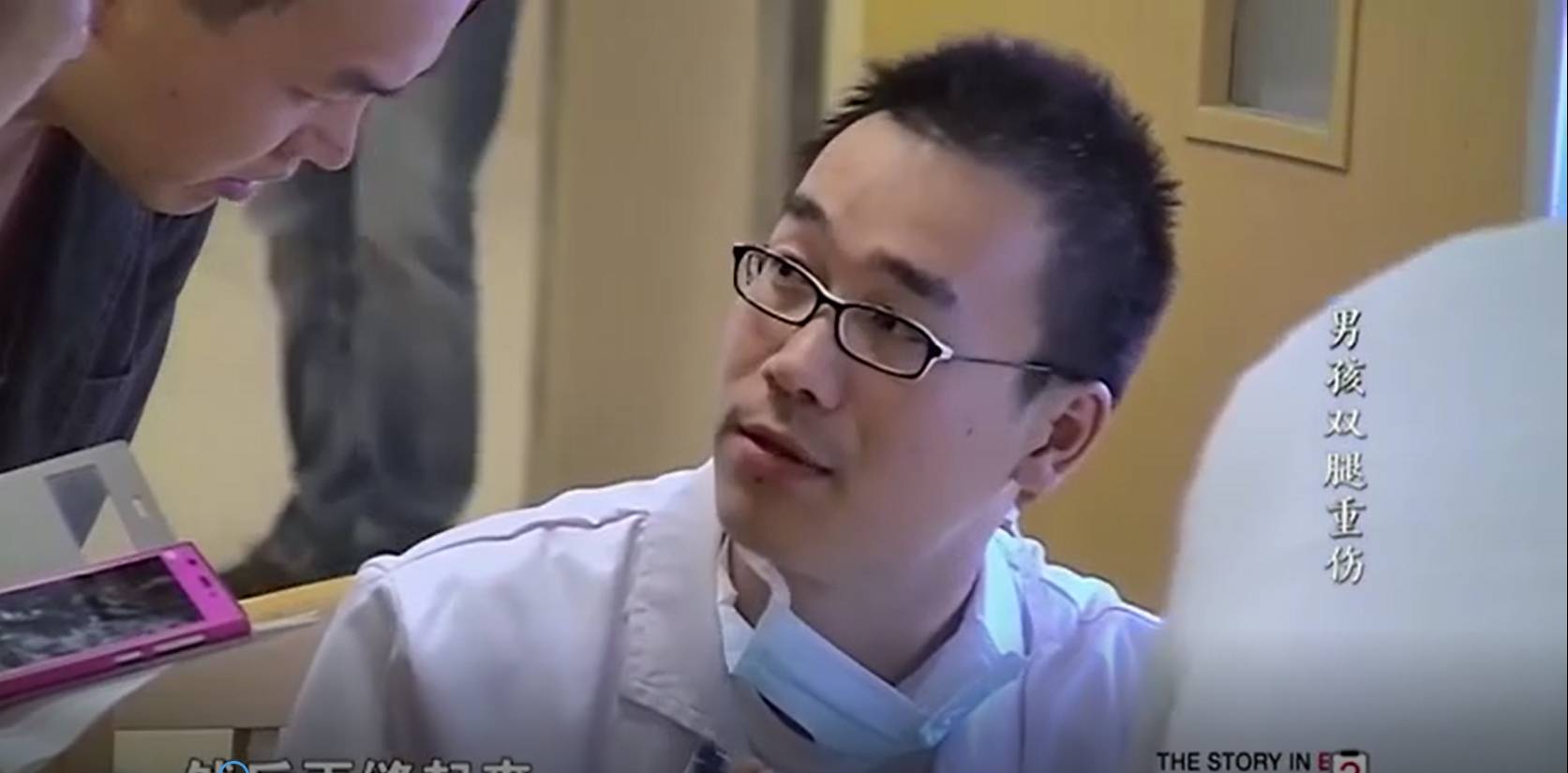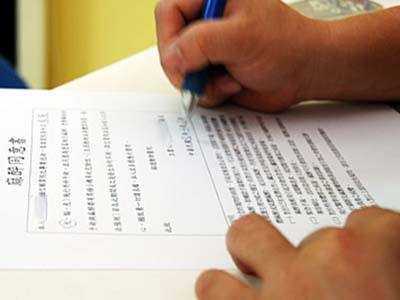每年的9月,愉快的暑假收尾啦,各中小学陆续开学,家长们都长吁一口气,终于从陪娃模式解放了,可以全身心拥抱工作了吗?No, No, No, 等一下,顺利切换到开学模式还有这几件事需要注意!
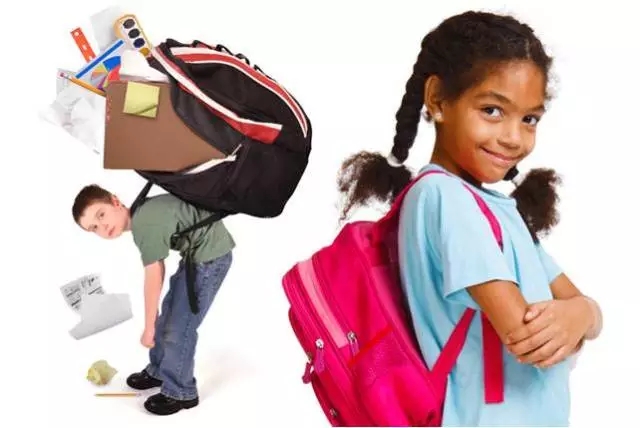
1.合适的书包 | BACKPACK SAFETY
选择一款带有垫肩的宽肩带和有垫背的书包。
轻装上阵。好好利用书包里的各个隔层。把比较重的物品放到距离后背中部最近的地方。书包不能重于孩子体重的10~20%。建议每周一次和孩子一起清理书包,拿出不需要的东西,以保持书包的轻便。
提醒孩子使用双肩背带,单肩背书包会引起肩部肌肉紧张,拉伤以及不良姿势。
记得为孩子调整肩带长度,确保背包的底部在孩子的腰线左右。
如果学校允许,为孩子准备一个拉杆书包。这种书包对对于需要带较重书籍物品的学生来说比较适合。但同时也需要考虑到,这种拉杆书包在上下楼梯时也需要孩子自己来提,而且可能因为尺寸放不进学校的储物柜。
Choose a backpack with wide, padded shoulder straps and a padded back.
Pack light. Organize the backpack to use all of its compartments. Pack heavier items closest to the center of the back. The backpack should never weigh more than 10 to 20 percent of your child's body weight. Go through the pack with your child weekly, and remove unneeded items to keep it light.
Remind your child to always use both shoulder straps. Slinging a backpack over one shoulder can strain muscles.
Adjust the pack so that the bottom sits at your child's waist.
If your school allows, consider a rolling backpack. This type of backpack may be a good choice for students who must tote a heavy load. Remember that rolling backpacks still must be carried up stairs, they may be difficult to roll in snow, and they may not fit in some lockers.

2.交通安全 | TRAVELING TO AND FROM SCHOOL
上学和放学途中,可能会用到校车,公交车,私家车,自行车等交通工具,或者住的距离学校近的,还可以步行上下学,所以注意交通安全是非常重要的。
校车|School Bus
上下校车一定要在规定的安全地点进行。
要等校车安全停靠后,才能从路边上车。
提醒孩子在过马路之前,要注意看一下两边有没有来车。
在校车行驶过程中不要走来走去。
提醒孩子坐在校车上时系好安全带。
和学校确认校车上是否可以进食, 因为对于有食物过敏的孩子会造成问题,并且会引起车上昆虫和害虫繁殖。
如果孩子有慢性疾病急性发作的可能, 则应该事先联系好校医和护士制定校车上的紧急预案。
Children should always board and exit the bus at locations that provide safe access to the bus or to the school building.
Remind your child to wait for the bus to stop before approaching it from the curb.
Remind your child to look both ways to see that no other traffic is coming before crossing the street, just in case traffic does not stop as required.
Your child should not move around on the bus.
If your child's school bus has lap/shoulder seat belts, make sure your child uses one at all times when in the bus.
Check on the school's policy regarding food on the bus. Eating on the bus can present a problem for students with allergy and also lead to infestations of insects and vermin on the vehicles.
If your child has a chronic condition that could result in an emergency on the bus, make sure you work with the school nurse or other school health personnel to have a bus emergency plan.
2.公交|Public transportation
公交车站或者地铁月台前等车时,要在安全的地方候车,不要和小伙伴们追逐打闹。
不要在机动车道上追赶已经开动的公交车。上下公交车时,不要在车门口推搡打闹。下车后不要突然从车头或车尾处横穿马路,要走人行横道并观察双向是否来车。
在车辆行驶过程中,扶住扶手,不将身体伸出车窗,不要在车上嬉闹、冲撞,因为在急刹车时可能会因为来不及抓住扶手而摔倒。
While at the bus stop/ subway platform, wait in a safe place away from the road . Do not run and play while waiting for the bus/subway or on the bus/subway.
Never chase after a moving bus. Do not push or shove while getting on and off.Always stay away from the front and rear bus wheels when cross the road and watch out for moving cars!
Never place your head, arms or any object out of the window. Avoid horseplay, pushing or shoving. Always use the handrail.
3.私家车|Car
在座位上要系上安全带,或者使用年龄身高体重合适的安全座椅。
13岁以下的儿童应该坐在汽车的后座。
All passengers should wear a seat belt or use an age- and size-appropriate car safety seat or booster seat.
All children younger than 13 years of age should ride in the rear seat of vehicles.
4.自行车|Bike
年满12岁儿童可以骑自行车,开学前父母要带着孩子骑车熟悉骑行路线。
无论路途远近,一定要戴自行车头盔。靠右侧在自行车道骑行,遵守交通规则,按照交通信号灯和交通标志通行。
骑车时不戴耳机听音乐。
穿着色泽鲜艳的衣服以增加能见度,天暗以后穿白色或浅色的衣服以及配备,反射装置尤为重要。
Children older than 12 years of age are allowed to ride bike on the road. Practice the bike route to school before the first day of school to make sure your child can manage it.
Always wear a bicycle helmet, no matter how short or long the ride. Ride on the right, in the same direction as auto traffic and ride in bike lanes if they are present. Know the "rules of the road." Respect traffic lights and traffic signs.
No headphones when riding.
Wear bright-colored clothing to increase visibility. White or light-colored clothing and reflective gear is especially important after dark.
5.步行上下学|Walking
遵守交通规则,按交通信号灯指示通过马路。
不要在马路上奔跑追逐嬉戏打闹。
避免步行时低头玩手机或戴着耳机听音乐。
穿着亮色的衣服或在衣服和书包上增加反光警示标志,有助于让其他车辆和行人尽早发现孩子的所在位置和行动轨迹。
Follow traffic rules, respect traffic lights and signs and cross safely.
Avoid horseplay, pushing or shoving on the street.
Avoid using mobile devices or headphones when walking down the street or cross the road.
Bright-colored clothing, or a visibility device with reflectors on the clothes/ backpack, will make your child more visible to drivers.

3.养成良好的做家庭作业和学习的习惯 |
DEVELOPING GOOD HOMEWORK AND STUDY HABITS
从入学开始就要创造一个有益于做家庭作业的良好环境有利于促进孩子的学习。可以是孩子的卧室或家里的其他地方,建立一个固定的安静的工作空间,避免干扰到孩子的学习或分散注意力。
安排课外活动的日程时,要留出足够的时间给家庭作业。
建立家庭规则,在家庭作业时间要关闭电视以及其他电子产品。
父母应监控孩子的电脑及网络使用。
做家庭作业如有问题时,父母可以给予指导和帮助, 但不可以代劳。
学习过程中采取措施缓解眼睛,大脑及颈部疲劳。可以考虑定期地关上书本,做些拉伸运动,休息一会儿。
如果孩子对某一门课有困难 ,和老师联系,寻求建议怎样进行家校合作来帮助孩子。
如果孩子集中注意力或者完成作业有困难,需要和老师,教学咨询顾问或医生讨论。
有些孩子在自我管理,记录并完成回家作业方面如果需要额外的帮助,可以通过使用备忘录,罗列清单,定时器,以及父母监督等方法来帮助他克服这些困难。
Create an environment that is conducive to doing homework starting at a young age. Children need a consistent work space in their bedroom or another part of the home that is quiet, without distractions, and promotes study.
Schedule ample time for homework; build this time into choices about participation in after school activities.
Establish a household rule that the TV and other electronic distractions stay off during homework time.
Supervise computer and Internet use.
Be available to answer questions and offer assistance, but never do a child's homework for her.
Take steps to help alleviate eye fatigue, neck fatigue and brain fatigue while studying. It may be helpful to close the books for a few minutes, stretch, and take a break periodically when it will not be too disruptive.
If your child is struggling with a particular subject, speak with your child's teacher for recommendations on how you or another person can help your child at home or at school.
If your child is having difficulty focusing on or completing homework, discuss this with your child's teacher, school counselor, or health care provider.
Some children need extra help remembering or organizing their homework. Assignment notebook, checklists, timers, and parental supervision can help overcome homework problems.

4.养成良好的睡眠节律 |
DEVELOP A SLEEP ROUTINE
充沛的睡眠对于孩子在学校能良好的学习是至关重要的,睡眠不足会影响专注力及学习能力。
设定一个固定的上床时间并保证每天遵照执行,睡前常规包括洗澡,给孩子阅读,掖好被子道晚安。
让孩子睡觉前关闭所有的电子设备。
在孩子准备入睡时,尽可能保证家里的安静。
低年龄的学生理想的睡眠时间是每晚10-12个小时,而13-18岁的学生需要8-10小时。
Getting enough sleep is critical for a child to be successful in school. Children who do not get enough sleep have difficulty concentrating and learning as well as they can.
Set a consistent bedtime for your child and stick with it every night. Components of a calming pre-bedtime routine may involve a bath/shower, reading with them, and tucking them in and saying good-night to them.
Have your child turn off electronic devices well before bedtime.
Try to have the home as quiet and calm as possible when younger children are trying to fall asleep.
The optimal amount of sleep for most younger children is 10-12 hours per night and for adolescents (13-18 year of age) is in the range of 8-10 hours per night.
* 本文部分内容来源于美国儿科学会网站
发表评论





 收藏
收藏
 赞
赞
